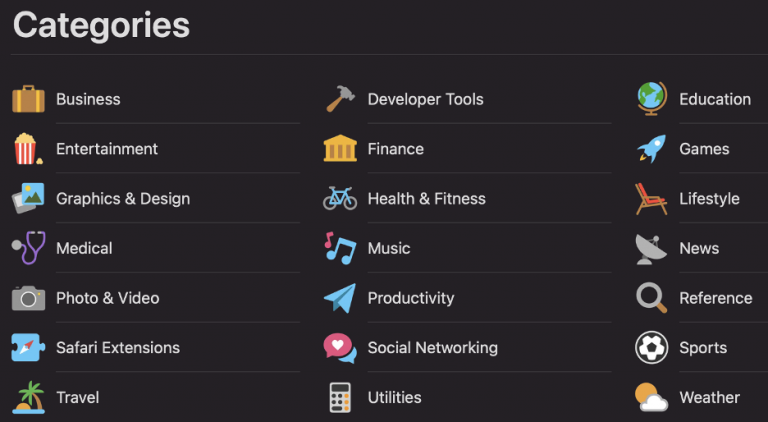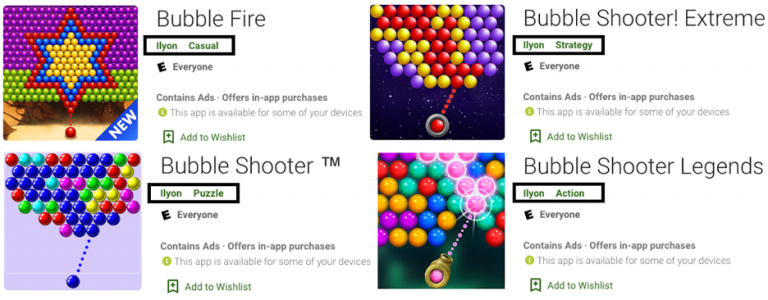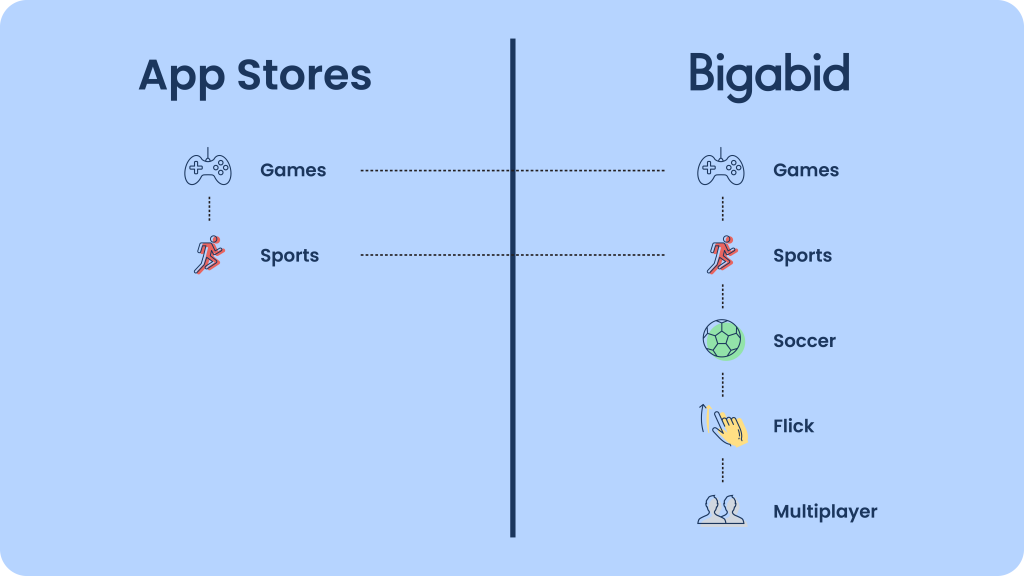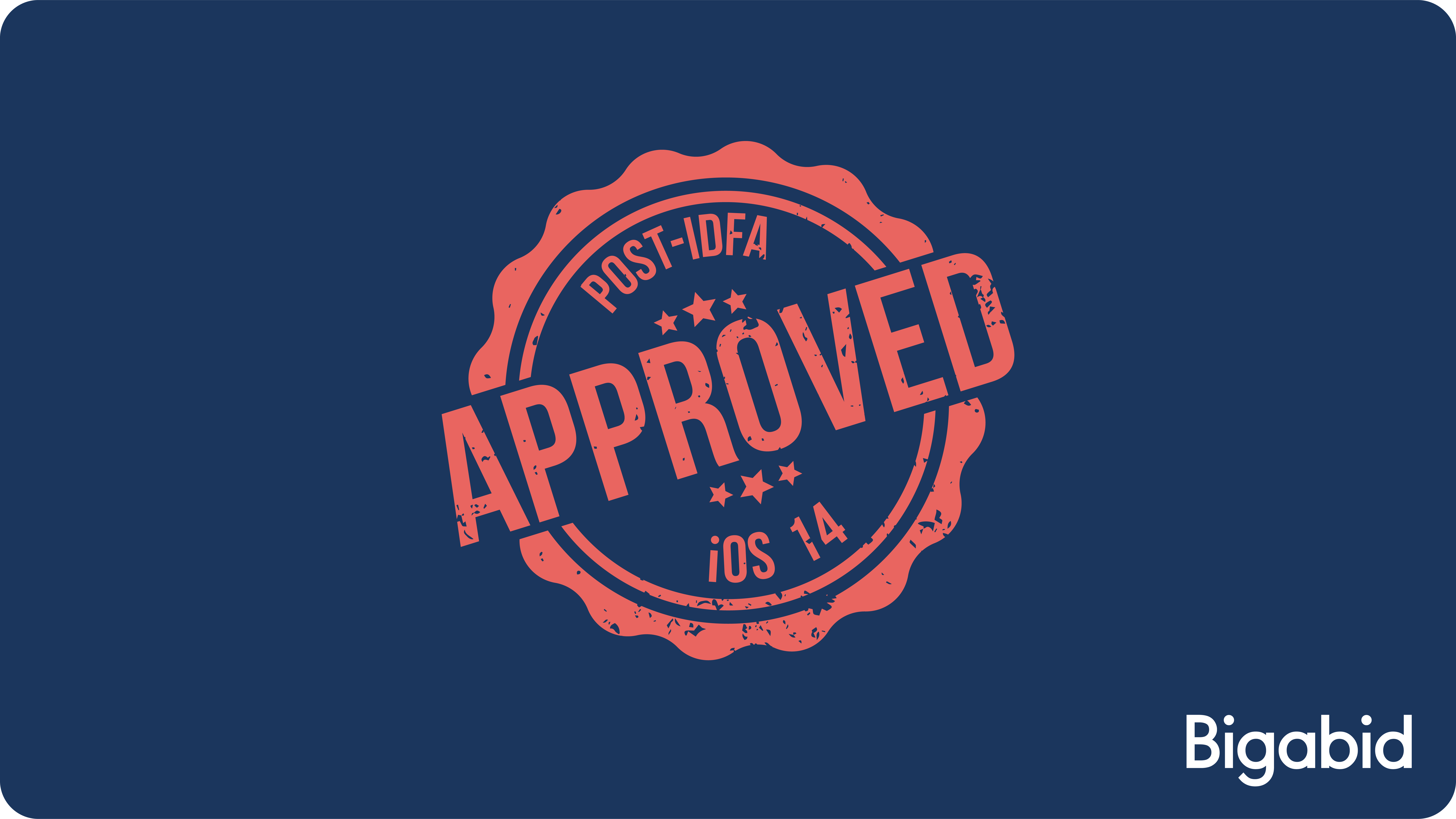Deep Categories
By President & Co-Founder, Ido Raz
“The existing app store categories were not built with user acquisition in mind. They were created as a basic directory tool and haven’t evolved much since the turn of the century.”
Deep Categories

By President & Co-Founder,
Ido Raz
“By understanding the true nature of the game, we understand the true nature of the players”– Ido Raz
There’s a great divide happening in the mobile app world, and it’s only getting wider. App stores place apps into only a few dozen categories even though millions of new apps with more and more variety are published each year. Beyond confusing users, this inequity leads to wasteful ad spending throughout the programmatic world.
At Bigabid we challenge the norm daily. Limited app categories bothered us from day one. In the most simplified version of an accurate targeting equation, you have users vs. apps. The few dozen categories the app stores offer could never adequately match our delineated audiences. This is why we created Deep Categories.
The concept behind Deep Categories is simple. Our ML technology understands a lot about user audiences. We needed it to understand just as much about apps. Then we could focus on matching audiences to the particular types of apps they actually love to use. A more balanced targeting equation means more precise targeting and a better ROAS.
App Store Categories as an Audience
The existing app store categories were not built with user acquisition in mind. They were created as a basic directory tool and haven’t evolved much since the turn of the century. As a DSP responsible for acquiring high LTV users for our partners, Bigabid developed a crystal clear way of seeing all apps by treating them as a sort of audience.
Discover more about Targeting High LTV Users.
This improved our accuracy and optimized our performance for ad spend allocation. Developing a real-time, robust tool to handle the constant changes in the app stores isn’t just a feature but an investment that requires a lot of resources. We took a risk, the process was lengthy, but it is definitely paying off for our partners and therefore us.

At first glance, current app store categories appear to be a straightforward way to classify users for targeting. However, by considering category-centric user profiling, three major flaws appear. App store categories are:
The fastest-growing category, games, is most commonly challenged by these limitations. Let’s take a look at how these three flaws affect gaming categories in the app stores
1: Subjective Categories
When publishing a new app, app categories are selected by their developers for straightforward reasons, and sometimes for ASO (App-Store-Optimization). This subjective categorization inevitably leads to similar apps being placed in different categories while different apps are often lumped into the same category, making precision targeting essentially impossible.

*One developer categorizes 4 bubble shooter games into 4 different categories.
2: Inconsistent Categories
This issue will affect more and more apps as the app publishing pace keeps rising. Although most categories in both app stores are similar, they are not identical, resulting in app categories being too misaligned and misleading for most user acquisition platforms that are applied to both iOS and Android.
3: Limited Categories
Due to the booming gaming market, various app stores “drilled down” and created a few dozen game categories. A welcomed move, though one that still provided a low-resolution picture essentially pixelating multitudes of apps into a few blurry images. Put simply, if you like golfing apps, you don’t necessarily like soccer apps, but both are categorized as sports apps, and with limited categories, ad spend money is wasted showing you soccer apps instead of golfing apps. More specifically, here’s how it would break down for a hypothetical casino advertiser that has three different apps: one for poker, one for slots, and one for bingo. The existing categories lump these diverse audiences together. However, looking at the audiences rather than the category, poker players might not like slot apps, and Texas hold’em players might not even resonate with Omaha players. Despite this, Google Play condenses tens of thousands of different apps into just one category, Casino.

Let’s Dig Deeper into the Significance of Deep Categories
Looking at the limitations we’ve mentioned, relying on the few dozen Google Play and Apple App Store categories for mobile user acquisition doesn’t only limit but decreases accuracy, distorts perceptions, and negatively impacts ROAS.
Deep Categories has become a necessary tool to deliver the right ads to the right users at the right time, allowing us to understand the users hidden beyond their apps.

Deep Categories has effectively evolved traditional app categorization to better serve modern user acquisition. From the work of our data science experts using our robust, cutting-edge machine learning algorithms, Bigabid has ultimately increased the number of app categories from a few dozen to thousands. We have removed the subjectivity of app categorization and gained a much deeper, user-centric vision of the entire field.
“Deep Categories are like having new eyes with which to see the existing landscape”– Daniel Yaron, CEO, Bingo Drive
In addition, to resolve inconsistencies, we’ve consolidated Google and Apple’s app stores into one encompassing pool of apps that can be consistently categorized agnostic of the user’s operating system.
With a multitude of app categories and, equally important, sophisticated real-time machine learning algorithms, Bigabid is able to target the right people for the right apps with greater accuracy and ROAS than a fully-managed programmatic campaign without Deep Categories.
Bigabid‘s Deep Categories in Action
By increasing the data resolution and changing the analysis perspective, Deep Categories allows us to move from clusters of rudimentary “look-alike” profiles to multi-dimensional “think-alike” audiences. Before going live with a campaign, Bigabid analyzes data to create an audience based “think-alike” model. Next, our ML suggests Deep Categories where data shows that we should find matching “look-alike” and “think alike” audiences that fit the app we promote.
Below, is an analysis made by our data science team for a client in the Casino vertical, matching the app’s most avid users to the specific pinpointed Deep Categories they are most engaged with. The analysis is followed by the results of two campaigns, which are identical except for the fact that one used Deep Categories and one did not.

*Lift: The change in the chance of a user to transition from an impression to an install in comparison to a random user. For example, a lift of 5 means that a user is 5 times more likely to install than a random user.
Deep Categories: Post-IDFA Proof

Deep Categories was developed a few years ago, and while it has delivered great results for our partners along the way, in the post-IDFA world, it is even more critical to campaigns. In user acquisition, and even more in retargeting, knowing the users’ device ID is very helpful, but once this unique identifier is gone, contextually based solutions like Deep Categories are even more crucial than ever. In user acquisition and retargeting, we use a combination of deterministic and probabilistic data. Once you have less deterministic data, you need to strengthen the probabilistic data for targeting more accurately. Knowing much more about the apps we target helps us eliminate a lot of “noise” in the shape of audiences that don’t actually care about the app we are trying to promote, therefore optimizing ROAS.
Deep Categories Represents Our Commitment to Greater Value
App store categories are a building block for all mobile app marketers. We rely on these categories to target users we think fit our partner’s apps. With great influence and high budgets comes great responsibility. The mobile advertising industry must always take action to ensure that these “building blocks” or “pillar tools” evolve in the proper way to give the most value to our partners. As innovative marketers, we should all challenge existing media buying methods to improve them so we can gain greater value as a whole. Bigabid’s Deep Categories is a hallmark of that commitment. One we will continue to evolve and advance as the mobile app space continues to grow. To discuss adding Deep Categories technology to enhance your user acquisition campaigns please click the “contact us” button below.
Watch a video by our CTO, Amit Attias on how Deep Catagories is an essential tool in the post-IDFA world here >